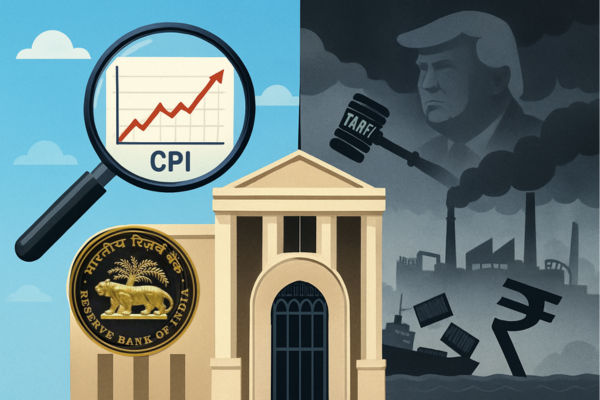Efforts to mitigate climate change have largely focused on the shift away from fossil fuels in energy production. As a result, most climate-finance assessments have studied the costs of such a transition and determined that large investments are required to deploy cleaner sources of power.
But in a new working paper, we found that shifting the energy sector to renewables is relatively affordable for emerging-market economies (EMEs) in the G20. Our study measures the climate-finance needs from 2022 to 2030 of Argentina, Brazil, China, India, Indonesia, Mexico, Russia, South Africa, and Turkey to reduce carbon dioxide emissions in the power, road transport, cement, and steel sectors, which account for about half of such emissions in these nine EMEs.
For starters, we found that the clean-energy transition is advancing at a steady pace. The power sector accounts for about 27% of the CO2 emissions in these nine EMEs, which together account for 44% of global power-sector emissions. To meet increasing energy demand and climate targets, these economies have focused on incrementally phasing out the use of fossil fuels in power generation and replacing them with renewables. Between 2023 and 2030, the share of clean energy in their total installed capacity is projected to rise from 54% to 65%, while their total installed capacity of renewables should almost double, from 2,150 gigawatts to 4,220 gigawatts.
The largest shifts during this period are expected in India and South Africa, where the share of renewables is set to rise from 45% to 63% and from 25% to 42%, respectively. China is also making significant advances, with its share of renewables projected to increase from 55% to 65%. In seven of these EMEs (excluding Indonesia and South Africa), more than half of the total installed power capacity will come from non-fossil-fuel sources by 2030.
This is possible because rapid technological developments and China’s massive push into green manufacturing have dramatically lowered the cost of establishing solar and wind farms in recent years. Globally, the cost of installed solar PV and onshore wind decreased by 83% and 42%, respectively, between 2010 and 2022.
In addition, the cost of batteries has also fallen – by about 90% between 2010 and 2023 – driven by innovation and lower raw-material costs. Pumped-storage hydroelectricity projects are also more affordable now, especially in China and India, owing to favorable topographic conditions, low labor and material costs, and relatively streamlined regulatory and permitting processes.
Given the falling costs of renewable energy, the G20’s EMEs will need only $121 billion in climate finance for power generation – the amount over and above the investment required in a business-as-usual scenario – between 2024 and 2030. According to our estimates, capital expenditure for fossil-fuel-based power plants will decline by $156 billion over that period, while spending for clean power will increase by $277 billion. Most notably, India and China will save $43 billion and $52 billion, respectively, on capital expenditure for fossil-fuel-based power sources but will need to increase such spending on renewables by $90 billion and $102 billion, respectively.
Storage costs (both battery and pumped storage) for renewables will likely entail additional capital expenditure of $28 billion for these EMEs, bringing the overall climate finance needed for 2024-30 to $149 billion, or $21 billion annually. Excluding China, the remaining eight EMEs will require $94 billion, or $13 billion annually, in cumulative climate finance (including storage costs) to shift to renewable sources of power.
These estimates do not account for the additional costs of adapting electricity grids to cleaner energy sources. Large-scale growth in AI and data centers may also increase energy demand more than envisaged.
Of the nine EMEs we studied, India is projected to need the largest amount of climate finance – $57 billion, or 38% of the total estimate – to continue decarbonizing the power sector, while China will require slightly less, around $55 billion, because the increase in renewables’ share of installed capacity is expected to be more pronounced in India than in China. Climate finance as a percentage of GDP will likely be largest in South Africa, at 0.25%, followed by India (0.13%) and Mexico (0.09%).
A decade or so ago, a consensus emerged that financing the energy transition would require massive amounts of capital. But, in the intervening years, the cost of renewables has fallen dramatically. Compared to road transport, cement, and steel in the nine EMEs we studied, the power sector will require the least amount of climate finance for the foreseeable future, even after accounting for storage costs and low renewable load factors. Now that decarbonizing the energy system is much more affordable in EMEs, there is no excuse not to do so.
.png)




